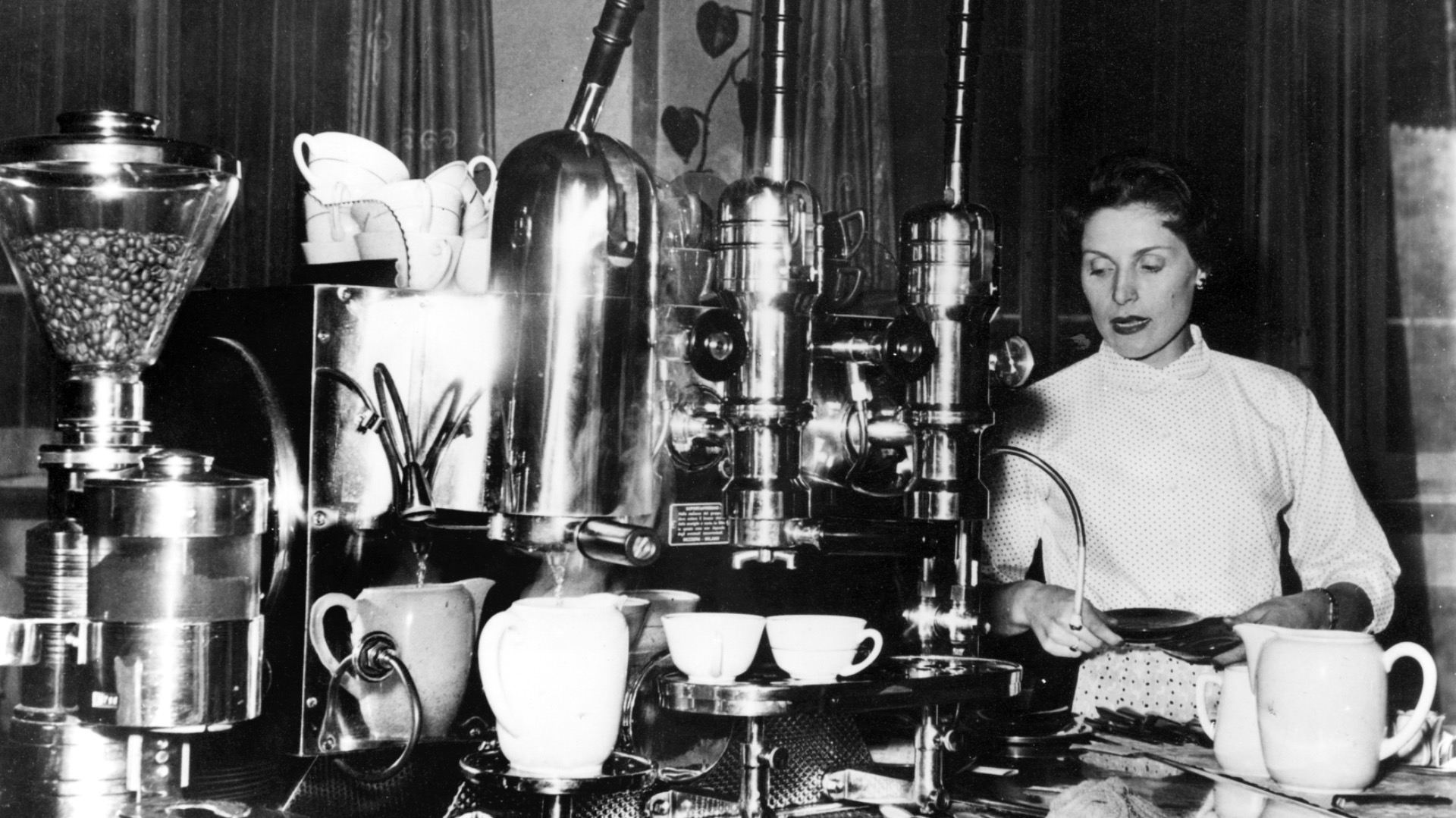

 Search
Search

Filter per features
 Site map
Site map
 Newsletter
Newsletter

 keep updated about our latest news
keep updated about our latest news

Coffee is a global phenomenon. Is it the pleasantly bitter taste, the energy boost from caffeine, or the break it provides while sipping it?
While we may not have a clear answer, one thing is certain: you can find a cup of coffee anywhere in the world—espresso, Americano, cappuccino, iced, flavored... The variety is endless.
How did we get here? Let’s take a journey through the history of coffee and the evolution of Bezzera.
Legend has it that coffee was discovered in 9th-century Ethiopia by a shepherd named Kaldi, who noticed the energizing effects of red berries on his goats. A monk from his village then created the drink we know as coffee to stay awake during night prayers.
There is some truth in these tales. Coffee likely originated in the Kaffa region of modern-day Ethiopia before being cultivated in Yemen by Sufi monks. The Yemeni port city of Mokha became a major coffee trade center, inspiring the term “mocha.”
Soon, coffee’s unique taste was appreciated in Persia, Egypt, Turkey, and the Middle East. In the 15th century, the first coffeehouse opened in Constantinople, becoming a hub for social and political discussions.
Venetians introduced coffee to Europe in the 17th century. From there, it spread to the Americas and became one of the most popular and traded beverages worldwide.
Espresso, an icon of Italian culture, was invented in Italy. Today, it can be made in various ways—using the moka pot, professional espresso machines, or capsule machines. All these methods have a common origin.
In 1901, Milanese inventor Luigi Bezzera patented the first espresso coffee machine, known as the “giant type with double tap.” This was a technological revolution, featuring a removable portafilter that facilitated coffee preparation and brewing for two cups.
The excitement generated by this artisanal model led Bezzera to start mass production, creating a range of new professional models. The first was the Vittoria Alata, still found in many cafés today. Its distinctive feature was a volumetric dosing hydraulic system that allowed for pressure modulation and customized coffee extraction according to customer preferences.
In the 1930s, under the leadership of Giuseppe Bezzera, Luigi's son, the Lilliput model was introduced. Inspired by “Gulliver’s Travels,” it was a compact coffee machine that optimized space without compromising Bezzera technology.
Bezzera’s influence on the espresso world continued. In 1961, Guido Bezzera launched the Res-Nova model (Latin for “new thing”). It symbolized the company’s rebirth after a decade of crisis and showcased an innovative design with brass profiles, a curved body, and neon lights. The Res-Nova's success led to its installation at Pirelli factories in Milan and Turin and at Rome's Fiumicino Airport for Alitalia.
In 1995 were born the machines of the Ellisse series and the BZ99, two "icons" of espresso coffee machines.
From 2001 onward, Luca Bezzera, the fourth generation, further evolved the company. It expanded into Asian markets with HORECA products for hotels, restaurants, and cafés and introduced compact machines for home use, making Bezzera a staple in daily espresso rituals.
The allure of espresso is timeless. Its preparation has continuously evolved, especially in the past century, to meet modern demands.
After Luigi Bezzera's groundbreaking espresso machine invention, there was a growing demand to replicate its unique taste at home.
By the 1970s consumers wanted personal coffee machines akin to Bezzera’s, suited for home use.
Until 2001, the year in which the production of compact machines (with professional components) called: semi-professional machines began; the first home espresso machines.
Many innovations are sure to come, but one thing is certain: Bezzera is poised to continue the tradition of great espresso with the right touch of innovation.
Today, after over a century of history, Bezzera machines are a constant presence in bars and homes worldwide. The newest Victoria model is the official sponsor of many international coffee competitions, reaffirming the company as a foundational pillar of international coffee culture.